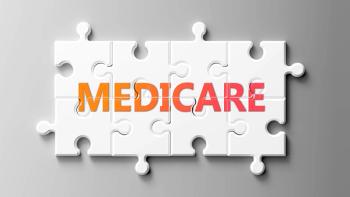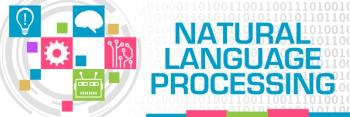
With Nurse Burnout at an All-Time High, Offer Tangible Relief
Technology is the key to giving nurses more time to focus on patients.
Persistent nurse staffing shortages plagued the U.S. healthcare system even before the pandemic shined a bright light on the crisis. The industry has known for decades that the shortage was worsening as the baby boom generation aged, piling the increase in demand for healthcare services on top of the growing number of nurses reaching retirement age.
The number of people entering the profession has not kept pace. The U.S.
The pandemic, which exacerbated fatigue and burnout, accelerated the shortage as nurses retired or left in droves, a problem that continues to grow. According to Medscape’s annual
When nearly
Reduce manual tasks. Such technology automates manual steps in care delivery by taking real-time data and applying clinical knowledge and existing best practices. The result is that routine tasks — such as gathering patient intake information — can be assigned to the best resource, whether that’s the patient or a nonclinical staff member. When you consider that a 30-minute intake call can be replaced by sending a digital form directly to the patient and automatically writing that information back into the EHR, the time savings can be significant. Removing repetitive, rote work, like calling patients for scheduling and intake, lets nurses focus on higher-value patient interactions.
Simplify each step in the care journey. Following the organization’s evidence-based care protocols, while eliminating manual tasks, simplifies the care journey. Each action can be orchestrated using the most-appropriate means for each patient, making digital interactions efficient and personal interactions with nurses and staff high-impact moments. Each action is documented, so uncompleted tasks can trigger appropriate follow up, keeping patients, their families, and all members of the care team moving in sync toward the desired outcomes.
Enable seamless patient experiences. Lastly, this technology is designed to deliver a personalized experience, ensuring that each care team member, including patients and their families, has all the information needed to achieve the best care outcomes. Integration with the EHR ensures that information already on record for the patient is seamlessly taken into account. For example, before scheduling a patient for surgery, if an X-ray is required and the patient’s record shows a recent result that meets the criteria, a new image isn’t necessary, and it didn’t fall to the nurse to track that information down. At each step, care orchestration technology uses data to drive the best next action, whether that action is an automated task or an intervention by staff, allowing nurses more time for the most rewarding human interactions. Throughout the process, patients feel known and supported by their care teams, leading to higher patient satisfaction and staff experience.
In the face of ongoing, stressful nursing shortages, now is not the time to ask nurses to “do more with less.” Retaining and attracting nurses to the profession requires a fresh approach — and technology shouldn’t add to the burden. Instead, let technology pick up the slack and make care processes more efficient. Thoughtfully orchestrating routine and mundane tasks can free up nurses to deliver more individualized care and spend time with those patients who need it most, letting nurses do what they became nurses to do.
Cindy Gaines, MSN, RN, is the chief clinical transformation officer at
Newsletter
Get the latest industry news, event updates, and more from Managed healthcare Executive.






















































